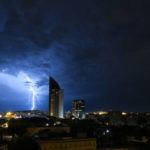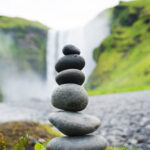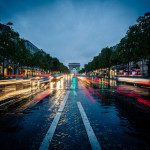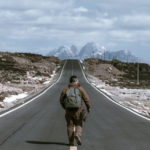Photographers used the wet plate collodion process about 150 years ago to capture images. Mathew Brady, one photographer whose work revolved around the Civil War, made the process his own. He painstakingly documented various moments of the war using this method. Now, Richard Barnes uses the same process to create interesting images of Civil War re-enactments:
Barnes was inspired to try using wet plate collodion, because the bulk of the work by Mathew Brady and his contemporaries never quite captured actual battles. The photographers didn’t visit the battlefields during the battles.

A Civil War re-enactment shot from Richard Barnes’ attempt at using the wet plate collodion process.
Armed with an interest to learn the wet plate collodion process and a brainwave to photograph Civil War re-enactments, he arrived to photograph moments that look realistic enough to turn the clock back by 150 years—except for the few elements of the 21st century that are intentionally placed in his pictures.

Inside the Mobile Darkroom
Wet plate is a very delicate process and requires a darkroom for the plates to be sensitized and then processed within approximately ten minutes of exposure.

Wet Plate Collodion Portrait
Barnes’ assistant who operates the mobile darkroom, explains,
“This process needs to be done wet. The plate cannot dry between me taking it out of the silver, giving it to Richard, and making an exposure. So we are limited to about, at this relative humidity, about ten minutes before it needs to come back, and developed and rinsed.”
Like This Article?
Don't Miss The Next One!
Join over 100,000 photographers of all experience levels who receive our free photography tips and articles to stay current:






Leave a Reply